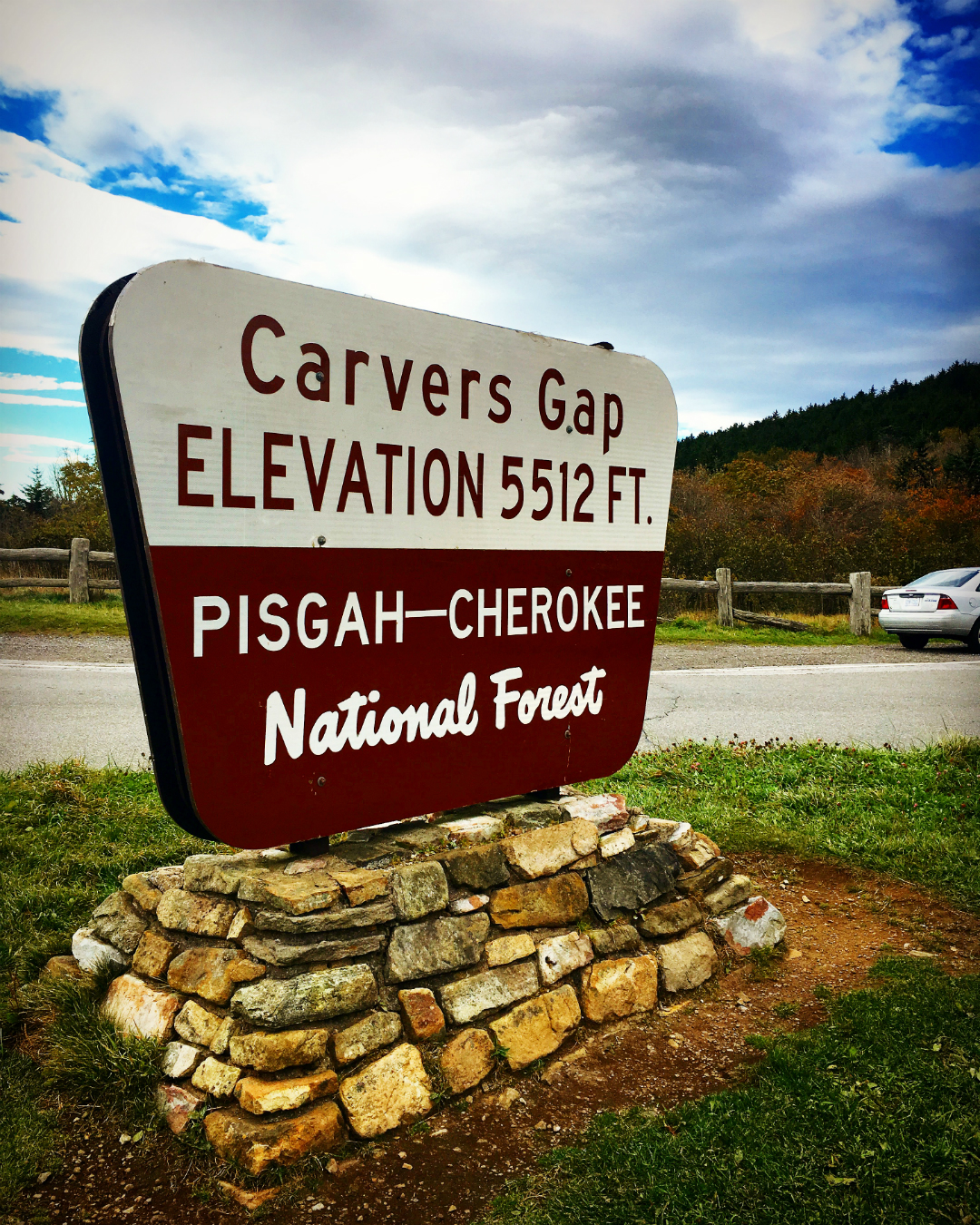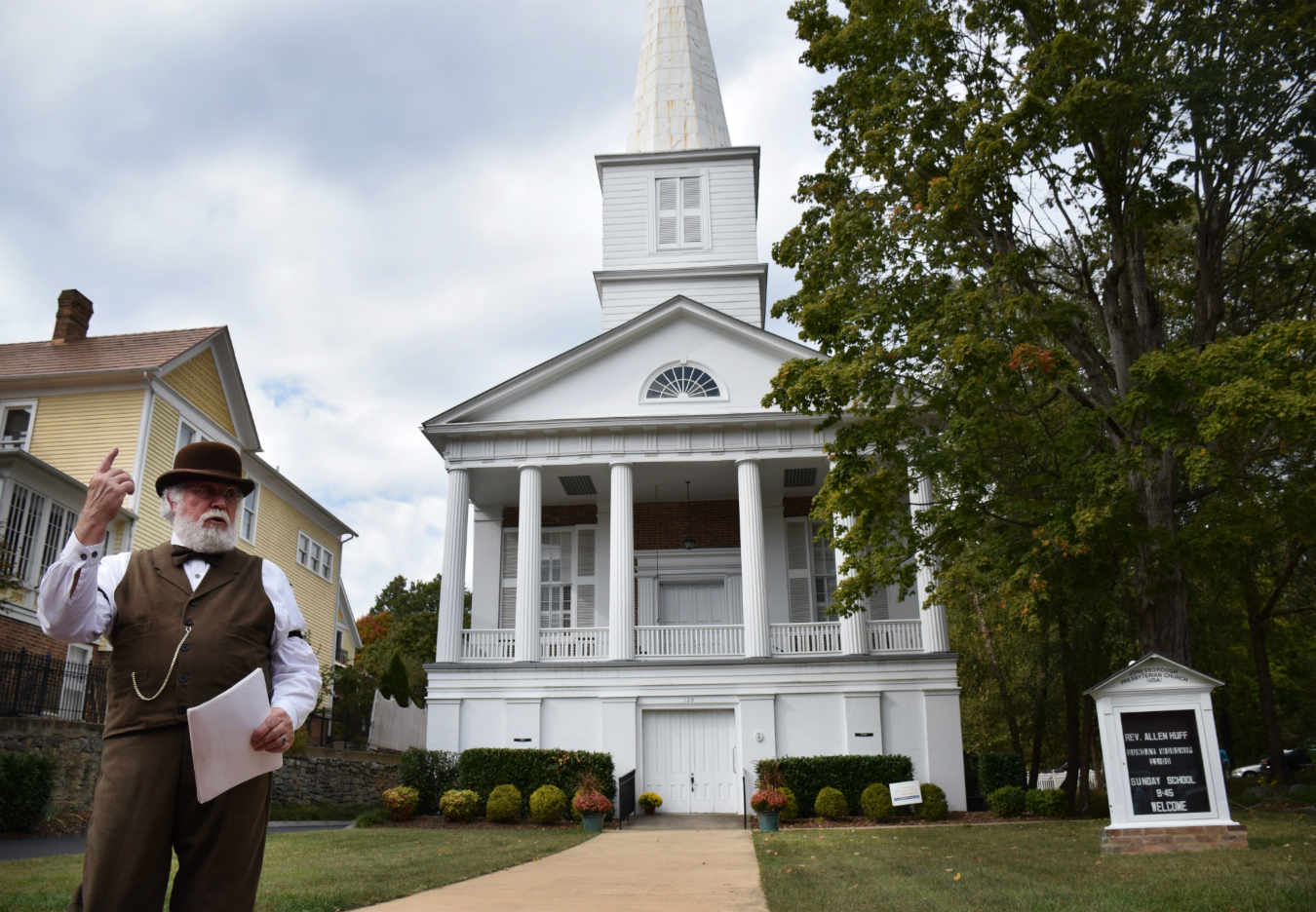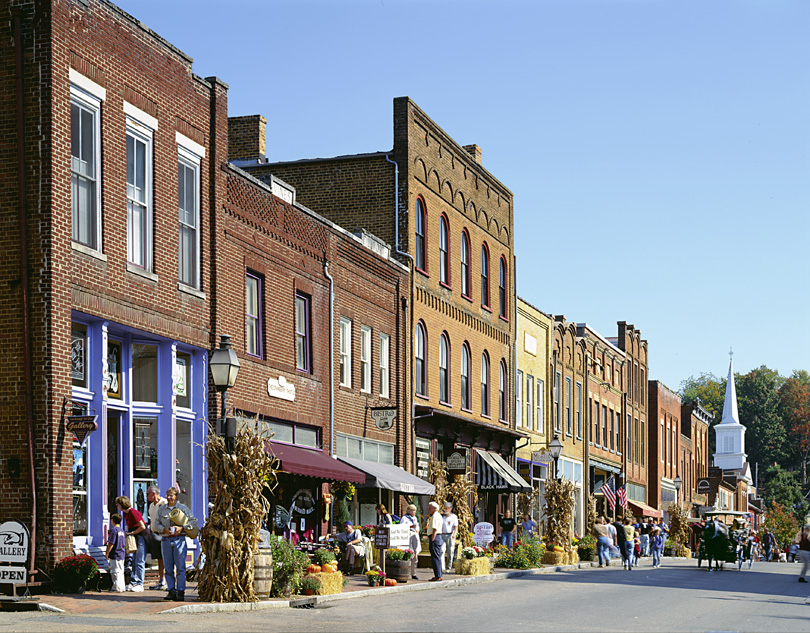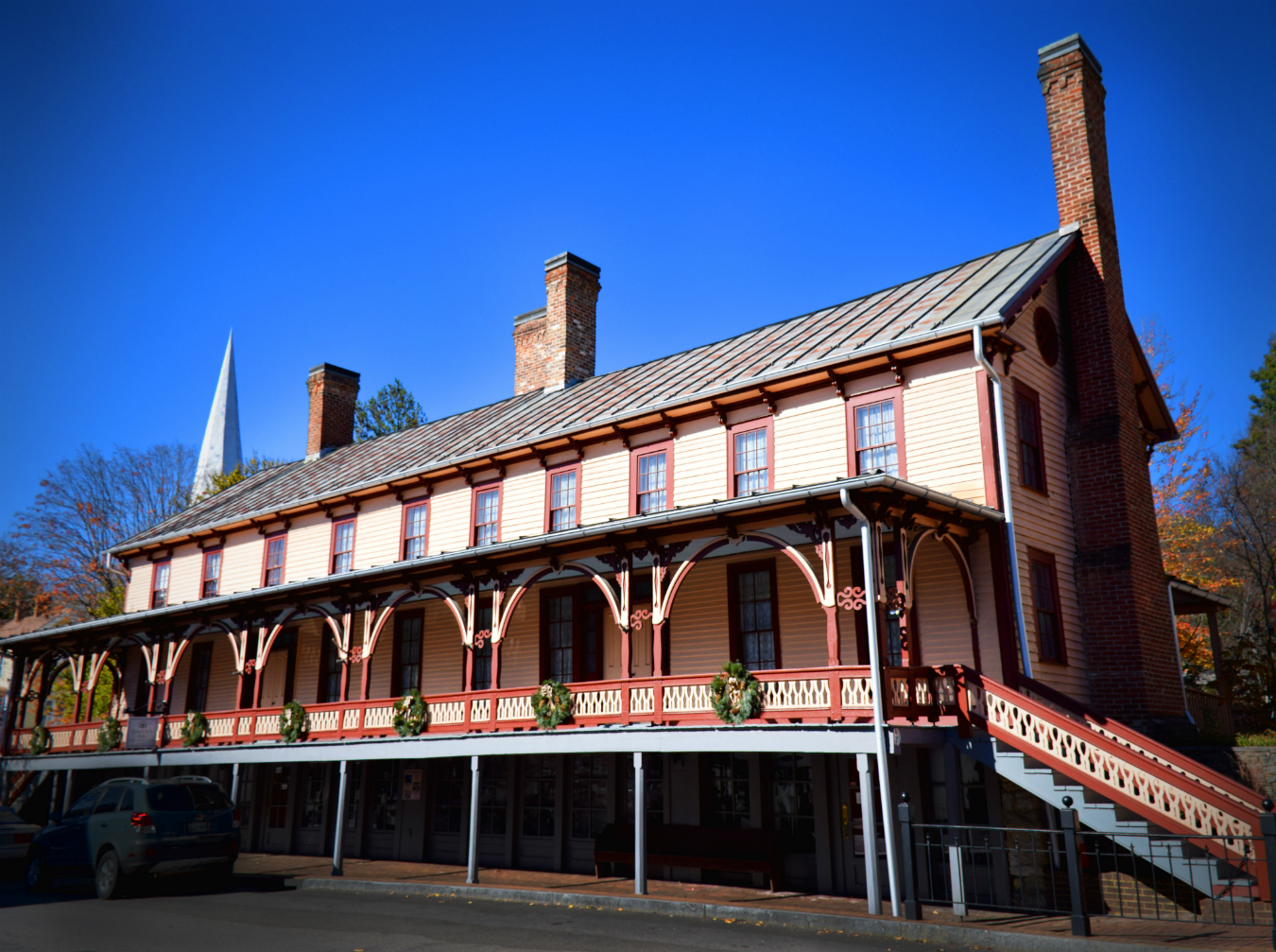“Y’all like to see my pretty blue-eyed horse?” asks the man, dressed in coveralls and flannel, and with one eye permanently winked.
My travel companions and I had lost our way on the windy, narrow country roads in Eastern Tennessee and had pulled over to ask the first person we had seen in miles for directions. Phones opened to hopeless Google Maps, we take a moment, and answer almost in unison, “Sure.”
Standing inside a small, straw-covered barn, the horse is a real southern belle with bright baby blues and a thick blonde mane. The man explains that this is his land, gesturing to the green pastures and farmhouse in the distance, before pointing us in the direction of Mustang Alley, just a few miles down the road. We thank our new friend for his Southern hospitality and make our way to our intended destination.
Perched on our own fine steeds, we take in the sights at Mustang Alley, which boasts over 50 acres of trails through the Cherokee National Forest. It’s a down-home operation, true to the country, with horses barefoot and helmets optional (though encouraged). “I’ve got eight dogs, three cats, and one rooster,” owner Kathy Kimble says, as three of her dogs and one of her cats trail behind us. Warm, friendly, and unapologetically herself, Kimble is quintessential Tennessee. “I’ve lived in 12 different states, and right here in East Tennessee is where I want to be,” she declares. “This is where I want to die—just don’t let my ex hear about that!” She laughs with a loud, raspy holler.
The best of the wilderness can be seen in the fall, when the Appalachian forests are swaths of brick red, yellow, and orange.
Located east of Nashville and Knoxville, the Tri-Cities (Kingsport, Johnson City, and Bristol) are smack-dab in the heart of Appalachia. Here, Davy “King of the Wild Frontier” Crockett lives on in the spirits of those who reside in the mountains’ foothills and the towns’ Main Streets. This part of the state, often overshadowed by the rhinestone roads of Nashville and the metropolitan ones of Knoxville, is outstanding for its surprising history and wild natural beauty.
The best of the wilderness can be seen in the fall, when the Appalachian forests are swaths of brick red, yellow, and orange. Thick autumn brush gives way to bursts of early morning sunlight, smoked with low-lying fog. Winding up through small, narrow country roads, our steady van is frequently passed by loudly buzzing motorcycles—the kind more closely related to dirt bikes than Harleys, the former being common in this part of America. We creep up to the mountain until reaching Carvers Gap on the Appalachian National Scenic Trail—one of the largest trails in America, passing through 14 states.
At Carvers Gap, the path leaves North Carolina and enters into Tennessee. While it covers over 2,000 miles, small sections can be taken in, offering stunning vistas and unique wildlife in just a short walk. Making our way up to such a view, we pass four men armed with shovels. Their names: Magic, Bodacious, Richard Carter, and Mountain Squid, part of the Eastman Hiking Club. They are stewards of this stretch of trail, maintaining and readying the trek for the thousands of hikers who attempt to take on the entire thing, with only about one in four completing the journey. Recently, this area was marred by fires that have distressed the region, burning through much of the forest, including the nearby Great Smoky Mountains—where over 70 miles of the trail have been closed. Many fires are still burning, and those that have been put out have left trail clearings, shelters, water bars, and more completely devastated.

Older history of the state can be experienced at the quaint and historic nearby town of Jonesborough. Known as Tennessee’s first town, it was actually founded nearly 20 years before the state was even initiated into the U.S. Jonesborough’s historic Main Street is a postcard from Small Town, USA, lined with American flags and dotted with antique stores selling Roosevelt election pins and 1950s novelty hot dog lighters. The city has preserved many of its historic buildings, including the Chester Inn, which was built in 1797. Lunch is served simply at the aptly-named Main Street Café, where we quickly devour salad sandwiches (egg, tuna, chicken), washing the heat of the afternoon down with a tall sweet tea.
Just off Main Street, located right on the still-busy railroad tracks, is the old Salt House, built in the 1840s and used during the Civil War. The historic brick building has been beautifully restored as the home to Tennessee Hills Distillery, where founder Stephen Callahan makes hot Tennessee corn liquor, colloquially known as moonshine. Callahan pours out thimble-sized shots, and at 102 proof, just a little taste does the trick. “Most large distillers use sugar for their moonshine. But this is done the old-fashioned way, using locally grown corn, and I even made all the distills,” Callahan explains. His commitment to preserving the past goes beyond just an old building and an old recipe—it’s about conserving a way of life and the spirit of the wild frontier that is Appalachia. It’s that longstanding tradition of care and Southern hospitality, extended to your guests and to your land.
Go more places. Read from our Travel section.













